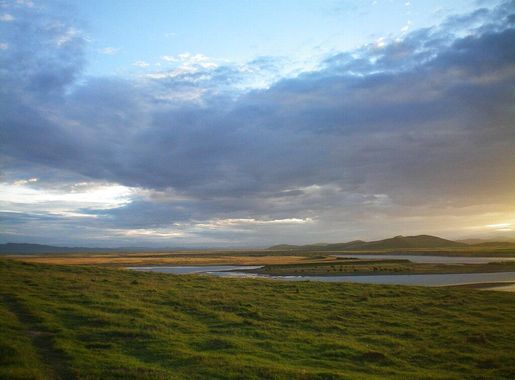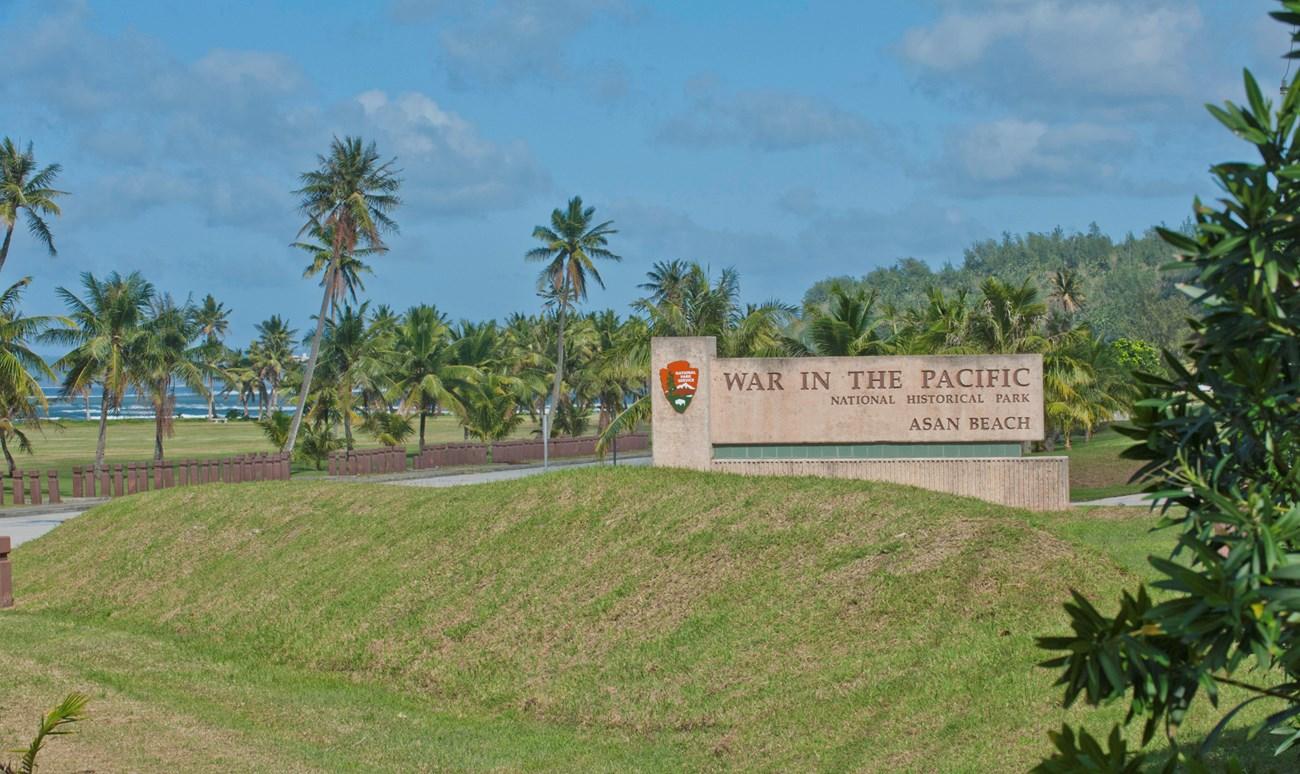
Majestic Mount Jumullong Manglo: Guam's Natural Wonder
Discover the serene and culturally rich Mount Jumullong Manglo, offering stunning views and an immersive experience into Guam's natural and cultural heritage.
Mount Jumullong Manglo, the highest peak in southern Guam, stands as a testament to the island's natural beauty and cultural heritage. Rising to an elevation of 391 meters, it offers visitors breathtaking panoramic views of the surrounding landscapes, including the lush jungles, rolling hills, and the sparkling waters of the Pacific Ocean. A visit to Mount Jumullong Manglo is more than just a hike; it is an immersion into the rich tapestry of Guam's flora and fauna. The trails leading up to the summit are lined with vibrant tropical plants and the occasional sighting of native birds. This makes it a perfect destination for nature enthusiasts and bird watchers alike. Culturally, Mount Jumullong Manglo holds significant importance to the Chamorro people, Guam's indigenous inhabitants. The mountain is often visited for its spiritual significance, with locals and tourists alike participating in traditional rituals and ceremonies. Climbing the mountain provides a unique opportunity to connect with the island's ancestral roots and gain a deeper understanding of Chamorro culture.
Local tips in Mount Jumullong Manglo
- Start your hike early in the morning to avoid the midday heat and enjoy cooler temperatures.
- Wear sturdy hiking shoes and bring plenty of water and snacks. The trail can be challenging, especially in wet conditions.
- Respect the local customs and traditions. If you encounter any cultural ceremonies, observe quietly and respectfully.
- Bring a camera or binoculars for bird watching and capturing the stunning views from the summit.
- Check the weather forecast before heading out. The trail can become slippery and dangerous during rain.
Majestic Mount Jumullong Manglo: Guam's Natural Wonder
Mount Jumullong Manglo, the highest peak in southern Guam, stands as a testament to the island's natural beauty and cultural heritage. Rising to an elevation of 391 meters, it offers visitors breathtaking panoramic views of the surrounding landscapes, including the lush jungles, rolling hills, and the sparkling waters of the Pacific Ocean. A visit to Mount Jumullong Manglo is more than just a hike; it is an immersion into the rich tapestry of Guam's flora and fauna. The trails leading up to the summit are lined with vibrant tropical plants and the occasional sighting of native birds. This makes it a perfect destination for nature enthusiasts and bird watchers alike. Culturally, Mount Jumullong Manglo holds significant importance to the Chamorro people, Guam's indigenous inhabitants. The mountain is often visited for its spiritual significance, with locals and tourists alike participating in traditional rituals and ceremonies. Climbing the mountain provides a unique opportunity to connect with the island's ancestral roots and gain a deeper understanding of Chamorro culture.
When is the best time to go to Mount Jumullong Manglo?
Iconic landmarks you can’t miss
Two Lover’s Point
Experience breathtaking views and the poignant romance of Two Lover's Point, a must-see attraction in Guam for couples and families alike.
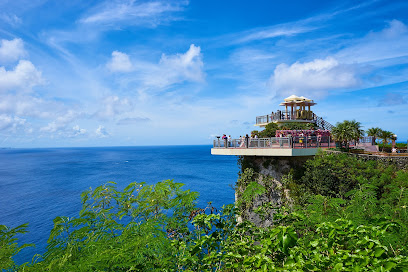
Fort Nuestra Señora de la Soledad
Discover the historical significance and breathtaking views at Fort Nuestra Señora de la Soledad, a must-visit landmark in Guam's rich cultural landscape.
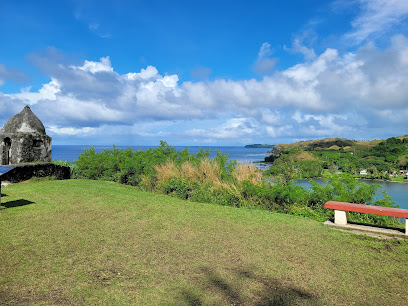
Merizo Pier Park
Discover the beauty and tranquility of Merizo Pier Park in Guam, a perfect blend of nature, culture, and relaxation.
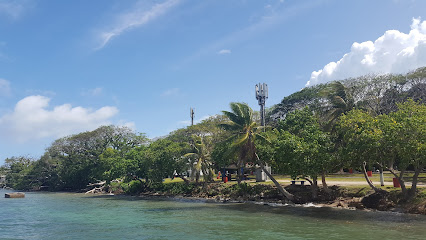
Cetti Bay Overlook
Discover the breathtaking vistas of Cetti Bay Overlook, a must-see hiking area in Guam, perfect for nature lovers and adventure seekers.
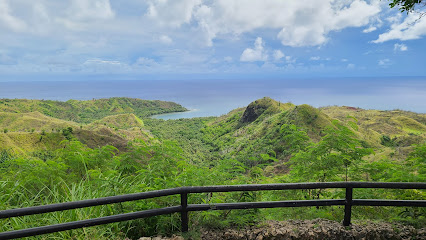
Talo'fo'fo' Falls
Explore the breathtaking Talo'fo'fo' Falls in Inalåhan, Guam, where nature meets tranquility and adventure awaits.
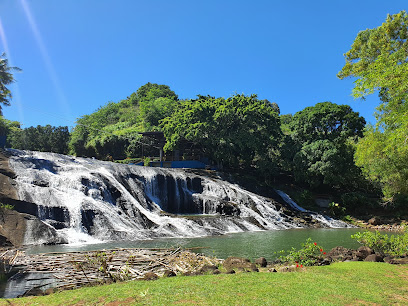
Fort Santa Agueda
Explore Fort Santa Agueda, a historical gem in Guam, offering breathtaking views, rich heritage, and a glimpse into the island's colonial past.
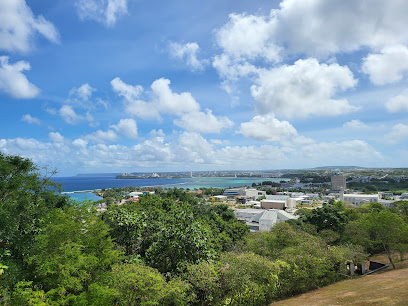
Asan Bay Overlook
Explore Asan Bay Overlook in Guam, a serene memorial park offering breathtaking ocean views and deep historical significance from World War II.

Magellan Monument
Discover the Magellan Monument in Guam, a historical landmark celebrating maritime exploration and offering stunning ocean views.
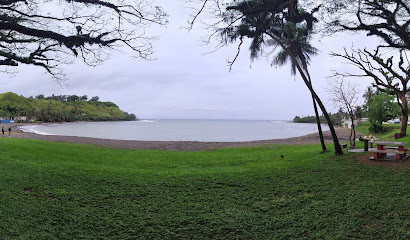
Merizo Bell Tower
Explore the Merizo Bell Tower, a historic landmark in Malesso', Guam, showcasing rich cultural heritage and stunning panoramic views.
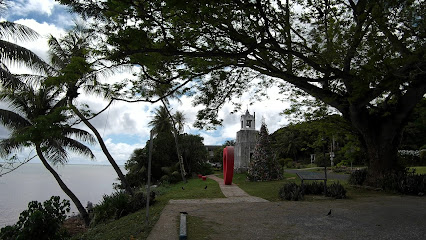
Sella Bay Overlook
Discover the breathtaking views of Sella Bay Overlook, a serene observation deck in Guam perfect for relaxation and stunning photography.
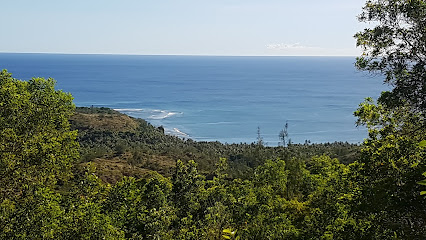
Agat Unit | Ga'an Point
Explore the natural beauty and historical significance of Agat Unit | Ga'an Point, a must-visit national park in Guam for all nature and history enthusiasts.
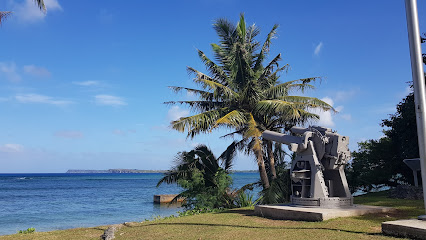
Senator Angel Leon Guerrero Santos Latte Stone Memorial Park
Explore Guam's rich heritage at the Senator Angel Leon Guerrero Santos Latte Stone Memorial Park, home to ancient Chamorro latte stones and serene landscapes.
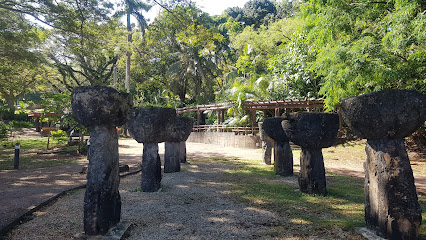
Bear Rock
Explore Bear Rock in Inalåhan, Guam, a unique natural attraction featuring stunning rock formations and serene landscapes perfect for nature lovers.
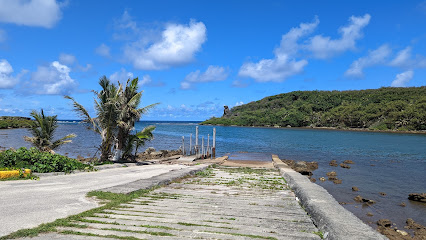
Tarzan Pool Trail Head
Explore the enchanting Tarzan Pool Trail Head in Yona, Guam, where stunning natural beauty meets exhilarating hiking adventures.
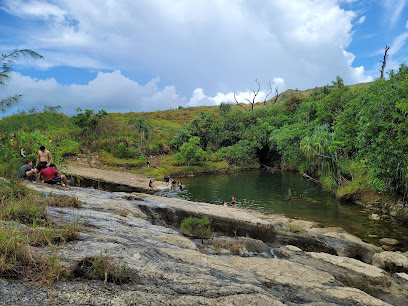
Gef Pa'go
Discover the cultural heritage of Guam at Gef Pa'go, a historical site offering immersive experiences and insights into Chamorro traditions.
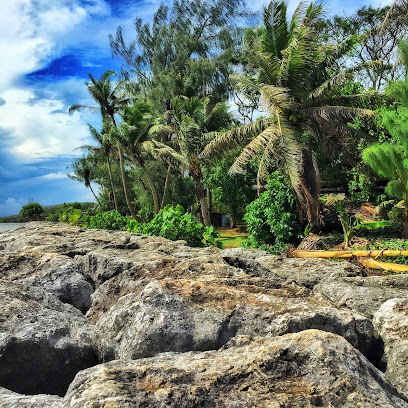
Unmissable attractions to see
Fish Eye Marine Park - Visitor Center
Explore the vibrant underwater world and cultural heritage of Guam at Fish Eye Marine Park, a unique tourist attraction for all ages.
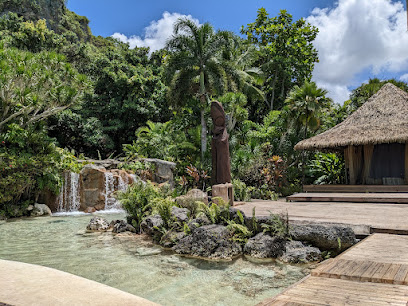
Ypao Beach
Discover the beauty of Ypao Beach in Guam, where soft sands meet crystal-clear waters, perfect for relaxation and water sports.
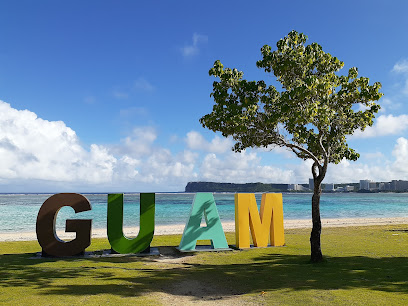
Valle Esmeralda De Flores
Explore the vibrant landscapes and tranquil beauty of Valle Esmeralda De Flores, Guam's enchanting floral paradise.
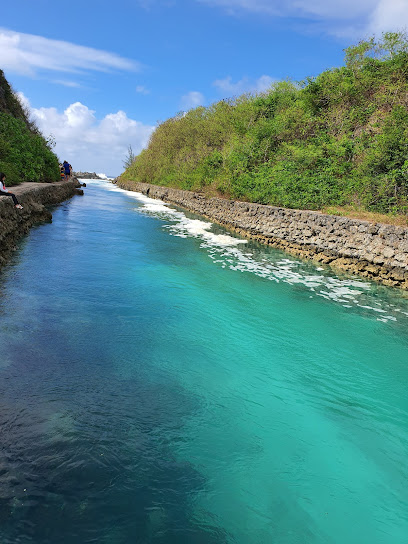
Ritidian Point
Experience the breathtaking beauty of Ritidian Point, a coastal paradise in Guam perfect for relaxation, adventure, and wildlife watching.

Karera at SandCastle
Experience the vibrant culture of Guam through captivating performances at Karera at SandCastle, a premier theater destination in Tumon.
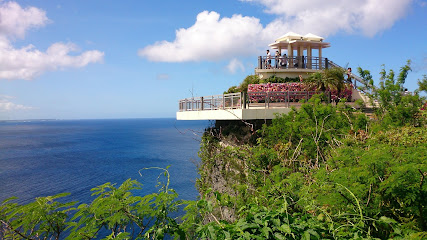
Guam National Wildlife Refuge
Explore the natural wonders of Guam National Wildlife Refuge, a sanctuary for wildlife and a paradise for nature lovers.
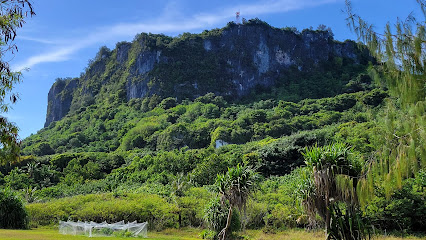
Paseo de Susana
Explore the beauty of Paseo de Susana, a tranquil coastal park in Guam offering stunning ocean views and a taste of local culture.
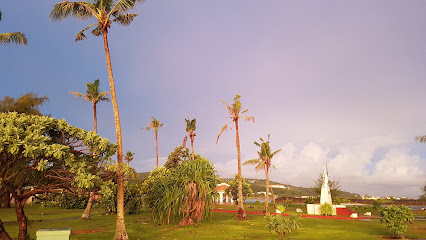
Aquarium of Guam
Explore the vibrant marine life at the Aquarium of Guam, a top tourist attraction in Tumon, showcasing the beauty of Pacific ecosystems.
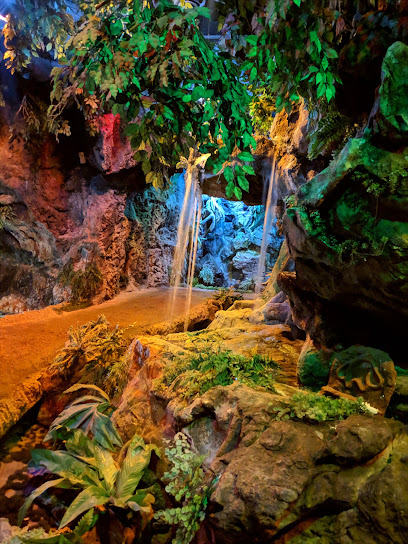
T. Stell Newman Visitor Center
Explore Guam’s natural wonders at the T. Stell Newman Visitor Center, your essential guide to the island's beauty and history.
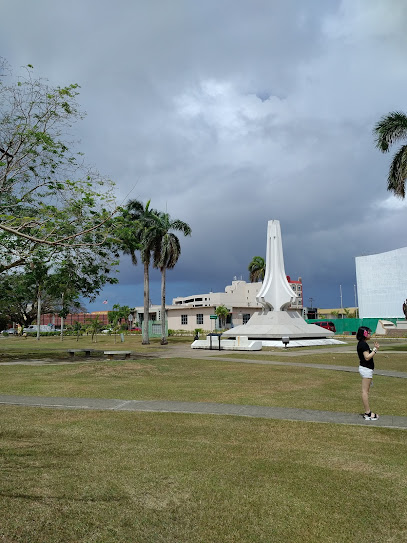
Asan Bay Overlook
Discover the serene beauty and historical significance of Asan Bay Overlook, a must-visit memorial park in Guam with stunning coastal views.
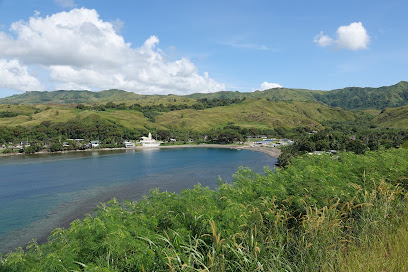
Pago Bay Overlook
Discover the stunning beauty of Pago Bay Overlook, a panoramic viewpoint in Yona, Guam, perfect for photography and nature lovers.
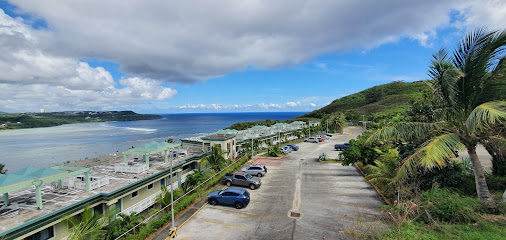
Agat Unit | Ga'an Point
Explore the captivating beauty of Agat Unit at Ga'an Point in Guam, a blend of stunning landscapes and rich cultural heritage.

Guam Adventures
Experience the thrill of adventure and cultural richness at Guam Adventures in Tumon Bay, where every moment becomes a cherished memory.
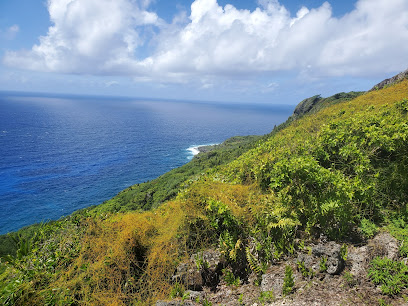
Tagada Amusement Park
Experience the thrill of fun and laughter at Tagada Amusement Park, Guam's ultimate amusement destination for the whole family.
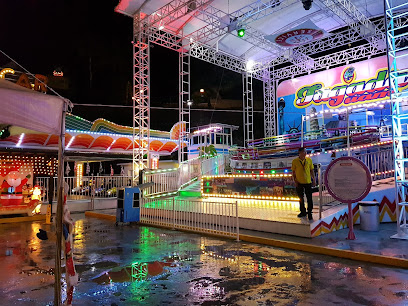
Pagat Cave Trailhead
Discover the breathtaking beauty of the Pagat Cave Trailhead, a stunning natural attraction in Guam filled with adventure and cultural significance.
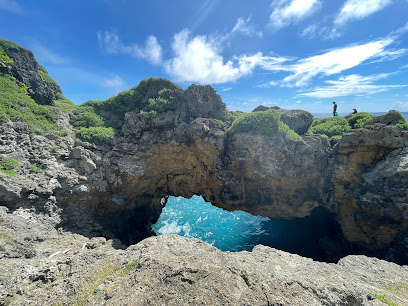
Essential places to dine
King's Restaurant
Discover delicious American breakfast and local fusion dishes at King's Restaurant in Guam's vibrant Chalan Premier Outlets.
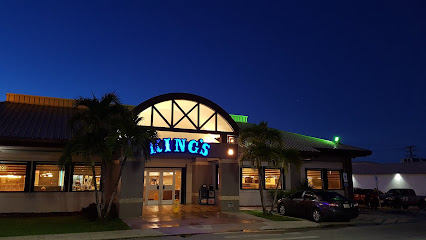
Proa Restaurant
Experience authentic Chamorro cuisine at Proa Restaurant in Tumon - where local flavors meet modern dining.
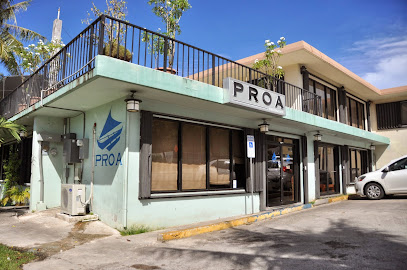
Mosa's Joint
Experience the best hamburgers in Guam at Mosa's Joint—where local flavors meet casual dining.
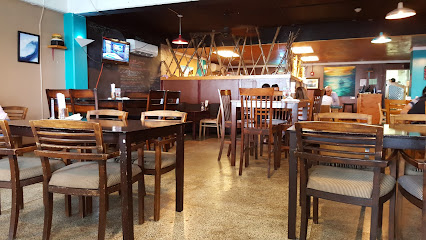
Shirley's Restaurant
Discover the heart of Guam’s cuisine at Shirley’s Restaurant—where family-friendly dining meets authentic local flavors.
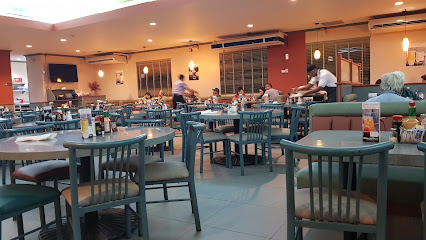
Pika's Cafe
Discover Pika's Cafe in Guam - where breakfast meets local flavor in a cozy setting!
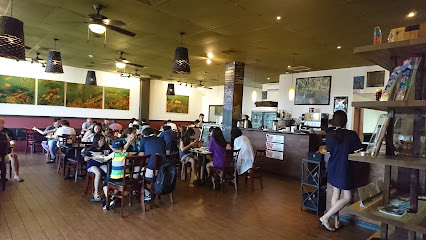
Ruby Tuesday Restaurant
Experience authentic American flavors at Ruby Tuesday Restaurant in Apotgan - a culinary gem for tourists seeking comfort food.
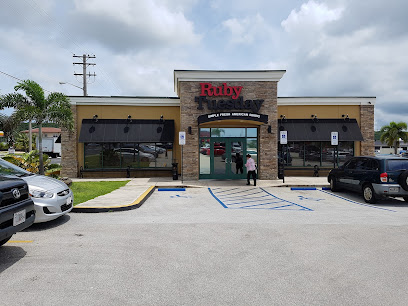
Crust Pizzeria Napoletana
Experience authentic Neapolitan pizza at Crust Pizzeria Napoletana in Hagåtña - where Italy meets Guam's tropical charm.
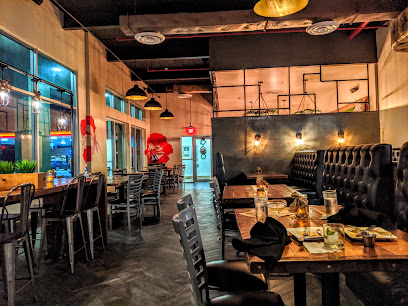
Tony Roma's
Experience authentic American flavors at Tony Roma's in Guam, featuring mouthwatering ribs and seafood in a tropical setting.
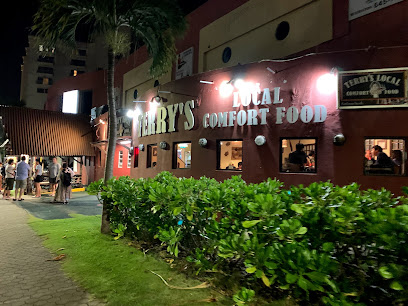
Marina Grill
Experience Guam's vibrant cuisine at Marina Grill - where fresh seafood meets stunning marina views in Hågat.
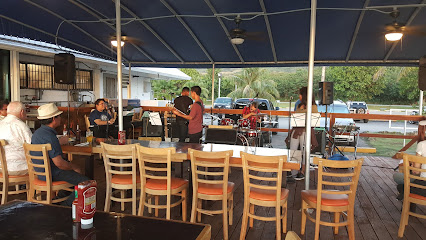
TuRe’ Café
Discover the flavors of Guam at TuRe’ Café - where local cuisine meets cozy dining in Hagåtña.
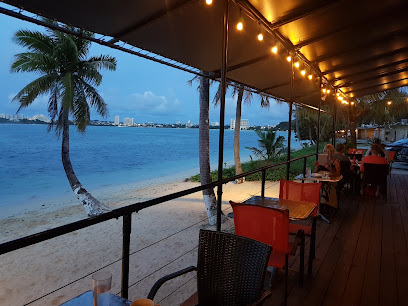
Capricciosa Restaurant
Experience authentic Italian flavors at Capricciosa Restaurant in Hagåtña, Guam - where every meal feels like a trip to Italy.
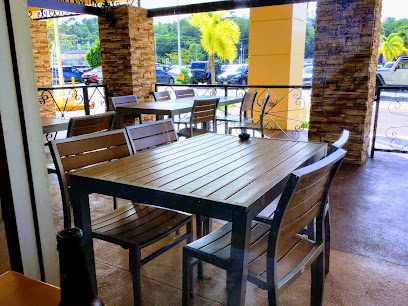
Three Squares Restaurant
Experience the best of Guamanian flavors at Three Squares Restaurant - where culinary tradition meets modern taste.
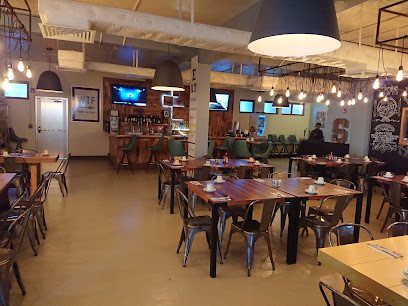
Meskla Chamoru Fusion Bistro - Hagatna
Experience authentic Chamorro cuisine with a modern twist at Meskla Chamoru Fusion Bistro in Hagåtña, Guam.
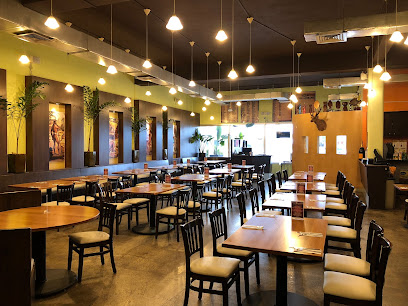
Horse & Cow
Discover the culinary delights at Horse & Cow in Apotgan - where local flavors meet international cuisine in an inviting atmosphere.
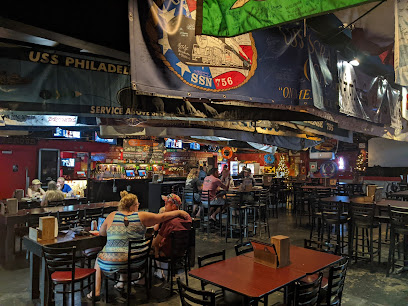
Manang Pika Birrieria
Discover the delightful fusion of Filipino and Mexican cuisine at Manang Pika Birrieria in Guam.
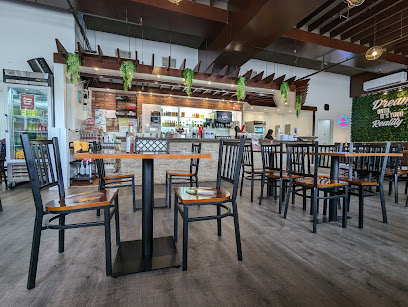
Markets, malls and hidden boutiques
Shop 4 Less
Discover a diverse range of products at Shop 4 Less in Guam, from crafts to office supplies. A must-visit for unique souvenirs and essentials!
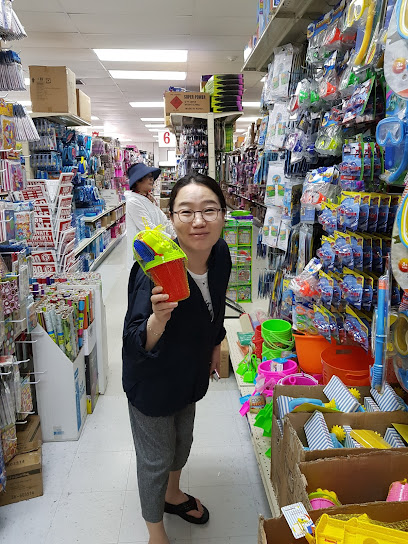
eagles market
Discover the vibrant local culture and flavors at Eagle's Market in Mangilao, Guam – your go-to spot for fresh produce and authentic snacks.
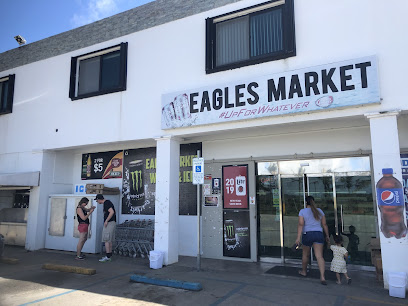
Mount Jumullong Summit
Experience the breathtaking beauty of Mount Jumullong Summit in Guam, a premier hiking destination with stunning panoramic views and lush landscapes.
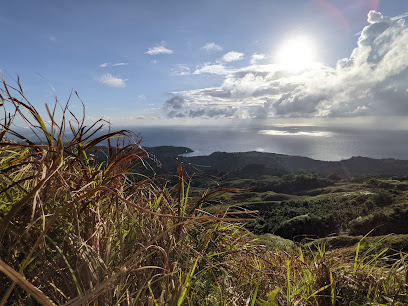
World Mart
Explore the diverse offerings at World Mart, Guam's premier grocery store for all your local and international shopping needs.

Song Market
Explore the local flavors and vibrant culture at Song Market in Chalan Pago, Guam, a grocery store brimming with island specialties.

JS Store
Explore JS Store in Guam for a unique shopping experience featuring home goods, décor, and local treasures that enhance your travel memories.

Old Spanish Bridge Store
Discover local flavors and unique products at Old Spanish Bridge Store in Hågat, Guam, a charming grocery store experience.
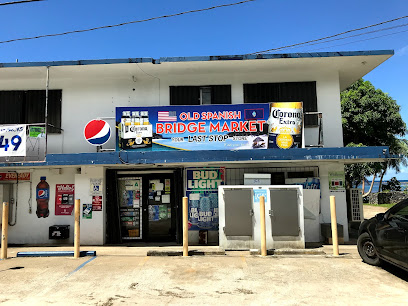
Hidden-Treasures-Thrift-Store-and-Boutique
Explore Hidden Treasures Thrift Store and Boutique in Guam for unique clothing and accessories that reflect island life and sustainability.

Twinkles
Discover a magical toy store in Apotgan, Guam, where dreams come true for kids and the young at heart with a wide selection of toys and unique gifts.

JP Store
Discover unique clothing pieces and local fashion trends at JP Store, Tumon’s premier shopping destination for tourists.
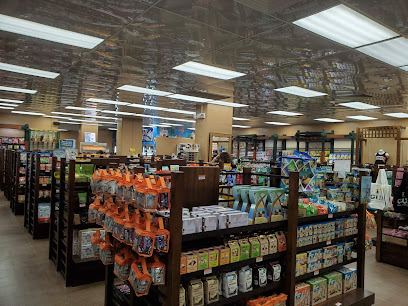
Hong Kong Center
Explore the vibrant Hong Kong Center gift shop in Mongmong for unique souvenirs and local handicrafts that capture the essence of Guam.
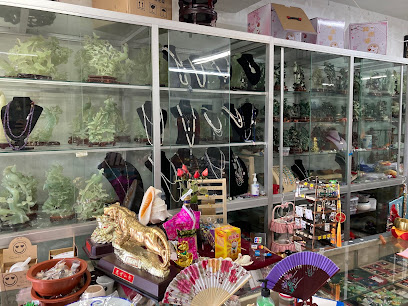
Dairy Mart
Discover local flavors at Dairy Mart, the quintessential grocery store in Mangilao, Guam, offering fresh produce and authentic Guamanian snacks.

Mount Jumullong Manglo
Discover the stunning vistas and serene beauty of Mount Jumullong Manglo, Guam's highest peak, perfect for adventure seekers and nature lovers alike.
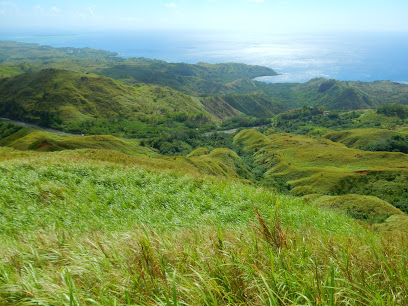
MJ Market
Discover the vibrant flavors of Guam at MJ Market, where local produce and international products come together to create a unique shopping experience.

One Store
Explore One Store in Barrigada, Guam, your friendly neighborhood grocery store for local snacks, fresh produce, and culinary delights.

Essential bars & hidden hideouts
Jimmy Dee's Paradise Beach Resort & Bar
Experience the vibrant atmosphere and stunning beachfront views at Jimmy Dee's Paradise Beach Resort & Bar in Apotgan, Guam.
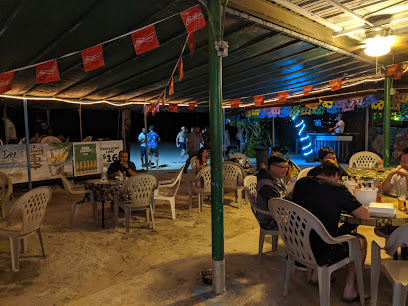
Tree Bar
Discover the vibrant atmosphere and tropical flavors of Tree Bar in Tumon, Guam - your perfect retreat for relaxation and enjoyment.
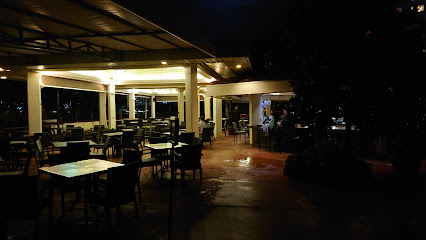
Bernie's Bar
Discover the vibrant atmosphere of Bernie's Bar, a must-visit spot in Apotgan, Guam, for refreshing drinks and tropical nightlife.
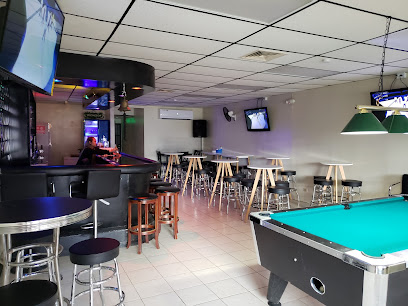
The Venue
Experience the vibrant nightlife at The Venue in Hagåtña, Guam, where delicious drinks and a lively atmosphere await every visitor.
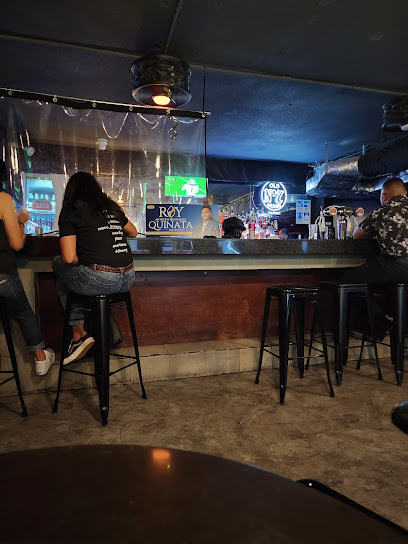
Wild Bills
Experience the vibrant nightlife of Guam at Wild Bills, a lively bar offering refreshing drinks and live entertainment in a welcoming atmosphere.
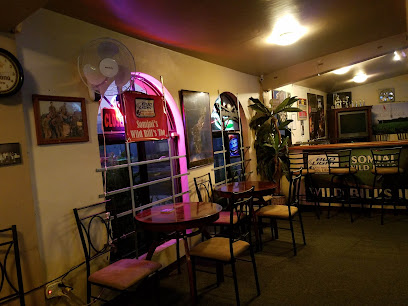
Bambu Bar
Experience the lively atmosphere and refreshing cocktails at Bambu Bar, a tropical haven in Tumon, Guam.
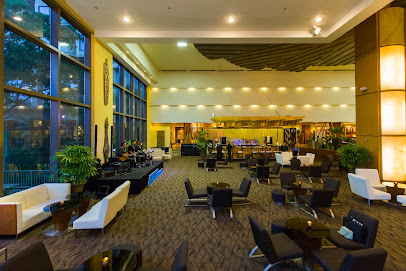
Skyline Resto-Pub
Discover Skyline Resto-Pub in Apotgan, Guam - A lively bar offering delicious food and drinks with stunning views and a vibrant atmosphere.
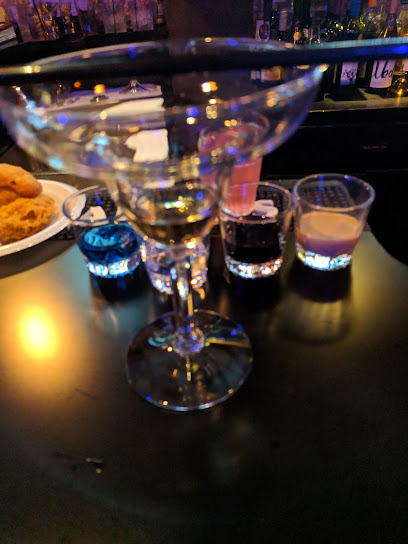
Toy’s Tavern
Experience the lively atmosphere and local flavors at Toy's Tavern, Guam's favorite dive bar for travelers seeking authentic nightlife.
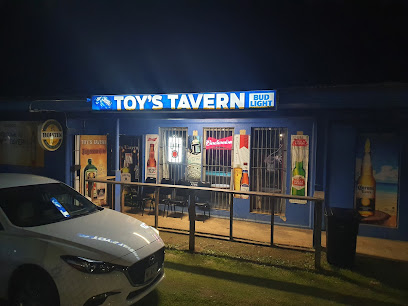
Melting Point, Guam
Discover the perfect blend of relaxation and nightlife at Melting Point in Guam, where every sip is a celebration of local flavors and vibrant ambiance.
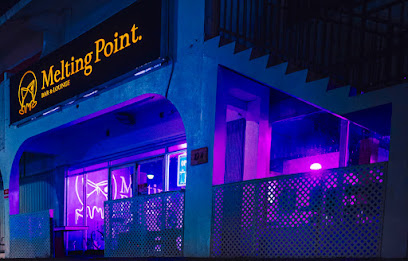
Belle's Bar
Discover Belle's Bar, a cozy retreat in Guam's University for refreshing drinks and a vibrant local atmosphere away from the tourist hustle.
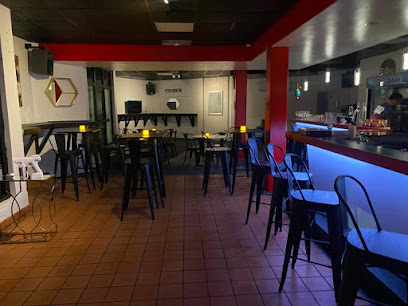
Player's Bar
Discover the lively ambiance and diverse drink selection at Player's Bar, a gem in Hagåtña, Guam's vibrant nightlife.
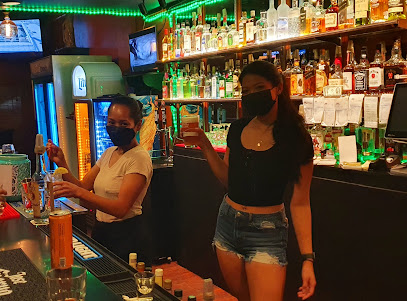
Cindy's Pub
Experience the vibrant nightlife at Cindy's Pub in Hagåtña, Guam, where friendly service and delicious drinks await in a lively atmosphere.
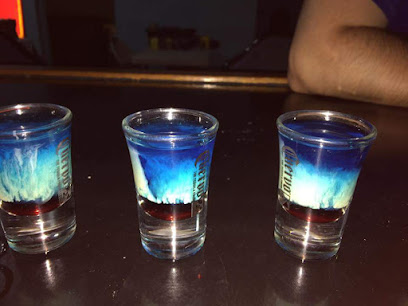
The Hare and Hound
Discover The Hare and Hound, a vibrant beachfront bar in Guam offering drinks, karaoke, and unforgettable sunsets.
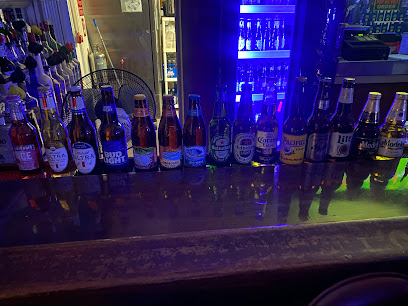
Good Company Bar
Experience the vibrant nightlife at Good Company Bar in Hagåtña, Guam, where great drinks and friendly locals await you.
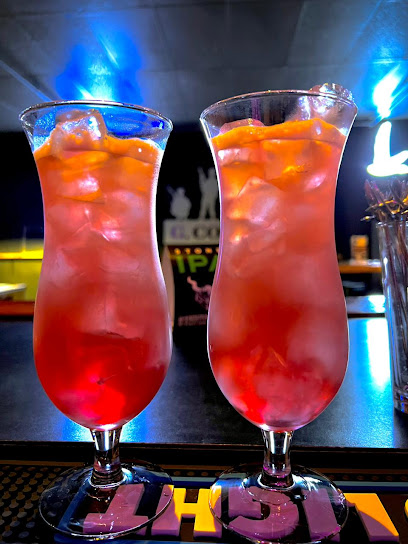
Willows Club
Discover the lively nightlife at Willows Club in Tamuning, Guam, where friendly service meets a vibrant atmosphere and creative cocktails.
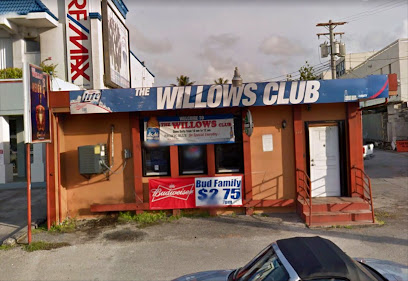
Local Phrases about Mount Jumullong Manglo
-
- HelloHåfa Adai
[HA-fa A-dai] - GoodbyeAdios
[A-di-os] - YesHao
[HAO] - NoTi
[TI] - Please/You're welcomePor fabor
[POR fa-bor] - Thank youSi Yu'us Ma'åse
[SEE yoo-OOS ma-AH-se] - Excuse me/SorryDispensa yo'
[di-SPE-nyu yo'] - How are you?Cómo estás?
[KO-mo es-TAS] - Fine. And you?Maolek. Ya ti un na'an-mu?
[ma-O-lek. ya ti un na-AN-mu] - Do you speak English?Kao un na'an-hu i Ingles?
[KAO un na-AN-hu i IN-gles] - I don't understandTi hu tungo' iyo'
[TI hu TUNG-go i-YO]
- HelloHåfa Adai
-
- I'd like to see the menu, pleaseKao hu na'ån-mu i menyu, por fabor
[KAO hu na-AN-mu i MEN-yu, por fa-BOR] - I don't eat meatTi hu ma'åhao na gollai
[TI hu ma-A-hao na gol-LAI] - Cheers!Biba!
[BI-ba] - I would like to pay, pleaseKao hu na'ån-mu i pago, por fabor
[KAO hu na-AN-mu i PA-go, por fa-BOR]
- I'd like to see the menu, pleaseKao hu na'ån-mu i menyu, por fabor
-
- Help!Ayuda!
[a-YU-da] - Go away!Uti!
[U-ti] - Call the Police!Llama i Polisia!
[YA-ma i po-LI-si-a] - Call a doctor!Llama i manmaga'!
[YA-ma i man-ma-GA] - I'm lostTåya hu hu tungo'
[TA-ya hu hu TUNG-go] - I'm illTåya hu hu tungo'
[TA-ya hu hu TUNG-go]
- Help!Ayuda!
-
- I'd like to buy...Kao hu na'ån-mu i...
[KAO hu na-AN-mu i...] - I'm just lookingTåya hu hu tungo'
[TA-ya hu hu TUNG-go] - How much is it?Ki ha'åni?
[KI ha-A-ni] - That's too expensiveEsti ti ha'ani
[es-TI ti ha-A-ni] - Can you lower the price?Mungga' ha'åni?
[MUNG-ga ha-A-ni]
- I'd like to buy...Kao hu na'ån-mu i...
-
- What time is it?Ki tiempo?
[KI ti-em-po] - It's one o'clockMunga' un na'åra
[MUNG-ga un na-AR-a] - Half past (10)Munga' na (10)
[MUNG-ga na (10)] - MorningGof ma'åse
[gof ma-AH-se] - AfternoonGof ma'åtodi
[gof ma-AH-to-di] - EveningGof ma'åtodi
[gof ma-AH-to-di] - YesterdayÑan kalan
[nyan ka-LAN] - TodayHåna
[HA-na] - TomorrowAban
[a-BAN] - 1Munga'
[MUNG-ga] - 2Dos
[DOS] - 3Tres
[TRES] - 4Kuåtro
[kwa-TRO] - 5Sinko
[SIN-ko] - 6Sais
[sa-IS] - 7Siete
[SYE-te] - 8Ocho
[O-cho] - 9Nueve
[NWE-ve] - 10Dies
[dyes]
- What time is it?Ki tiempo?
-
- Where's a/the...?Månu i...
[MA-nu i...] - What's the address?Kao i direksion?
[KAO i di-rek-syon] - Can you show me (on the map)?Mungga' iyo' (sångan i mapå)?
[MUNG-ga i-YO (SANG-gan i ma-PA)] - When's the next (bus)?Ki ora i siguiente (bus)?
[KI O-ra i sig-WI-en-te (bus)] - A ticket (to ....)Un tikey (para i....)
[un ti-KEY (pa-ra i...)]
- Where's a/the...?Månu i...
History of Mount Jumullong Manglo
-
Mount Jumullong Manglo has deep connections to the indigenous Chamorro people, who have inhabited Guam for over 4,000 years. The mountain was a significant site for ancient Chamorro rituals and ceremonies, serving as a spiritual and cultural landmark.
-
During the Spanish colonization of Guam in the 17th century, Mount Jumullong Manglo became an important location for missionaries who aimed to convert the Chamorro people to Christianity. The Spanish influence is still evident in the names of places and some of the cultural practices in the region.
-
Mount Jumullong Manglo played a strategic role during World War II when Guam was occupied by Japanese forces from 1941 to 1944. The mountain's vantage point was used for lookout posts by both Japanese and later American forces during the liberation of Guam.
-
After World War II, Mount Jumullong Manglo and its surroundings saw various developments as Guam modernized. The area became more accessible, and efforts were made to preserve its natural beauty and historical significance.
-
One of the most significant contemporary cultural events involving Mount Jumullong Manglo is the annual Good Friday pilgrimage. Thousands of people hike up the mountain to pay their respects and participate in religious ceremonies, reflecting the island's strong Catholic traditions.
-
In recent years, there have been concerted efforts to preserve the natural environment and historical landmarks of Mount Jumullong Manglo. These initiatives aim to protect the mountain's ecosystem and maintain its cultural significance for future generations.
Mount Jumullong Manglo Essentials
-
Mount Jumullong Manglo is located in the southern part of Guam, in the municipality of Agat. The nearest international airport is Antonio B. Won Pat International Airport (GUM) in Tamuning, approximately 30 kilometers away. From the airport, you can rent a car, take a taxi, or use a shuttle service to reach Agat. The drive typically takes around 40 minutes via Marine Corps Drive (Route 1) and Route 2A.
-
While renting a car is the most convenient way to explore Guam, public transportation options are also available. The Guam Regional Transit Authority (GRTA) operates bus services that connect major towns and villages, including Agat. Taxis are available but can be expensive. For a more immersive experience, consider renting a scooter or bicycle to explore the area at your own pace.
-
The official currency in Guam is the US Dollar (USD). Credit cards are widely accepted in hotels, restaurants, and stores, but it is advisable to carry some cash, especially for smaller establishments and local markets. ATMs are readily available in Agat and other major towns. Note that tipping is customary in Guam, with a standard 10-15% tip expected in restaurants and for other services.
-
Guam is generally a safe destination for tourists. However, it's important to exercise common sense and standard precautions. Avoid walking alone at night in unfamiliar areas and keep an eye on your belongings in crowded places. While there are no specific high-crime areas targeting tourists, staying alert and aware of your surroundings is always advisable.
-
In case of emergency, dial 911 for immediate assistance. The local police station and medical facilities are available in Agat. It is recommended to have travel insurance that covers medical emergencies. For minor health issues, there are pharmacies in Agat where you can purchase over-the-counter medications. Additionally, the Guam Memorial Hospital in Tamuning provides comprehensive medical services.
-
Fashion: Do wear comfortable, lightweight clothing suitable for tropical weather. Avoid overly revealing attire, especially when visiting religious sites. Religion: Do respect local customs and traditions. Removing your shoes before entering certain sites may be required. Public Transport: Do be courteous and offer your seat to elderly or disabled passengers. Don't eat or drink on public buses. Greetings: Do greet locals with a friendly 'Håfa Adai', which means 'Hello' in Chamorro. A handshake is also common. Eating & Drinking: Do try local Chamorro dishes and accept food offerings graciously. Don't refuse hospitality, as it is considered impolite.
-
To experience Mount Jumullong Manglo like a local, consider visiting during local festivals such as the Agat Mango Festival, where you can enjoy traditional Chamorro food, music, and dance. Hiking to the summit of Mount Jumullong Manglo offers panoramic views of the island and is a favorite activity among locals. Engage with the local community, who are known for their hospitality and willingness to share stories about their culture and history.
Trending Landmarks in Mount Jumullong Manglo
-
Two Lover’s Point
-
Fort Nuestra Señora de la Soledad
-
Merizo Pier Park
-
Cetti Bay Overlook
-
Talo'fo'fo' Falls
-
Fort Santa Agueda
-
Asan Bay Overlook
-
Magellan Monument
-
Merizo Bell Tower
-
Sella Bay Overlook
-
Agat Unit | Ga'an Point
-
Senator Angel Leon Guerrero Santos Latte Stone Memorial Park
-
Bear Rock
-
Tarzan Pool Trail Head
-
Gef Pa'go
Nearby Cities to Mount Jumullong Manglo
-
Things To Do in Santa Rita
-
Things To Do in Agana Heights
-
Things To Do in Sinajana
-
Things To Do in Hagåtña
-
Things To Do in Tumon
-
Things To Do in Tamuning
-
Things To Do in Mangilao
-
Things To Do in Dededo
-
Things To Do in Yigo
-
Things To Do in Koblerville
-
Things To Do in Saipan
-
Things To Do in Kagman
-
Things To Do in Garapan
-
Things To Do in Capital Hill
-
Things To Do in San Roque

